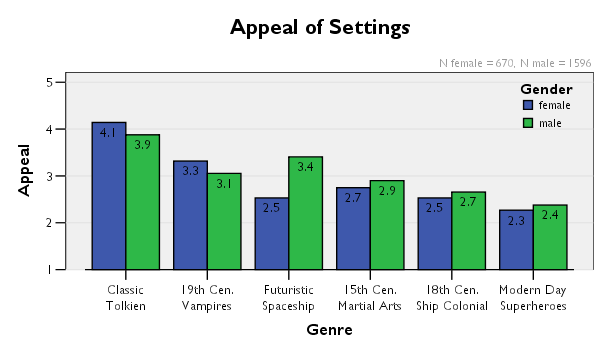Willard McCarty in Humanist (Vol. 22, No. 410) pointed us to the London Review of Books essay, Is it Art? by John Lanchester about videogames. The essay starts by pointing out how videogames have been ignored and segregated despite their economic effect. He then goes on to ask why that is that case leading to thoughts about what might make games art. He makes an interesting connection between the conventions of games (which drive people new to games wild) to ways games are becoming like work. The repetitive worklike aspect of games is something he draws from Steven Poole (see Working for the Man.) Here are some quotes,
From the economic point of view, this was the year video games overtook music and video, combined, in the UK. The industries’ respective share of the take is forecast to be £4.64 billion and £4.46 billion. (For purposes of comparison, UK book publishers’ total turnover in 2007 was £4.1 billion.) As a rule, economic shifts of this kind take a while to register on the cultural seismometer; and indeed, from the broader cultural point of view, video games barely exist. …
There is no other medium that produces so pure a cultural segregation as video games, so clean-cut a division between the audience and the non-audience. Books, films, TV, dance, theatre, music, painting, photography, sculpture, all have publics which either are or aren’t interested in them, but at least know that these forms exist, that things happen in them in which people who are interested in them are interested. They are all part of our current cultural discourse. Video games aren’t. …
Northrop Frye once observed that all conventions, as conventions, are more or less insane; Stanley Cavell once pointed out that the conventions of cinema are just as arbitrary as those of opera. Both those observations are brought to mind by video games, which are full, overfull, of exactly that kind of arbitrary convention. Many of these conventions make the game more difficult. Gaming is a much more resistant, frustrating medium than its cultural competitors. Older media have largely abandoned the idea that difficulty is a virtue; if I had to name one high-cultural notion that had died in my adult lifetime, it would be the idea that difficulty is artistically desirable. …
They have a tightly designed structure in which the player has to earn points to win specific rewards, on the way to completing levels which earn him the right to play on other levels, earn more points to win other rewards, and so on, all of it repetitive, quantified and structured. The trouble with these games – the majority of them – isn’t that they are maladapted to the real world, it’s that they’re all too well adapted. The people who play them move from an education, much of it spent in front of a computer screen, full of competitive, repetitive, quantifiable, measured progress towards goals determined by others, to a work life, much of it spent in front of a computer screen, full of competitive, repetitive, quantifiable, measured progress towards goals determined by others, and for recreation sit in front of a computer screen and play games full of competitive, repetitive, quantifiable, measured progress towards goals determined by others. Most video games aren’t nearly irresponsible enough.
There is a strong sense in Wright’s work that the most interesting thing about his games is what is done with them by the user; that the user’s experiences and reactions and creativity are the most important thing about the game. …
The other way in which games might converge on art is through the beauty and detail of their imagined worlds, combined with the freedom they give the player to wander around in them. Already quite a few games offer what’s known as ‘sandbox’ potential, to allow the player to ignore specific missions and tasks and just to roam around. …



